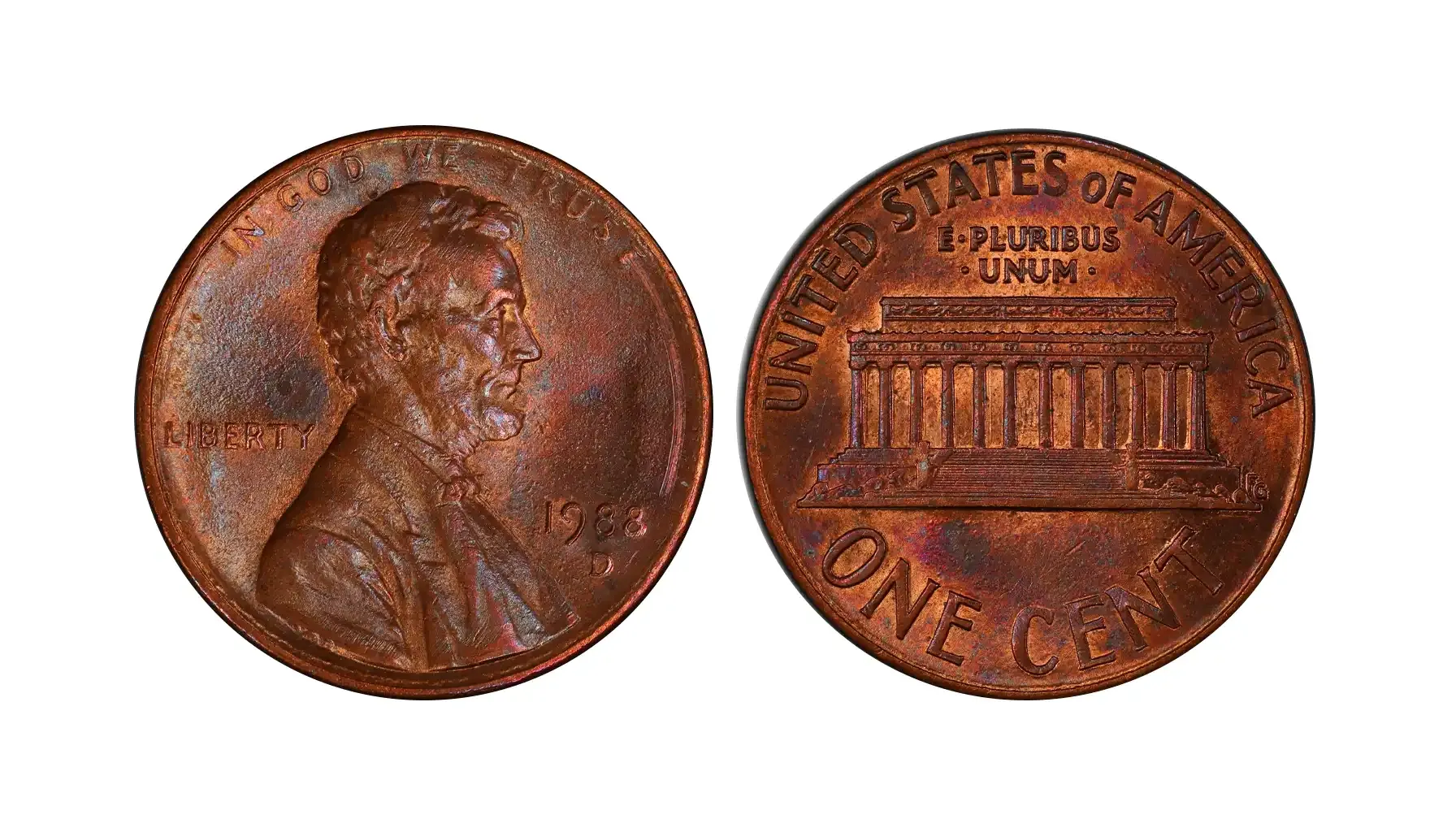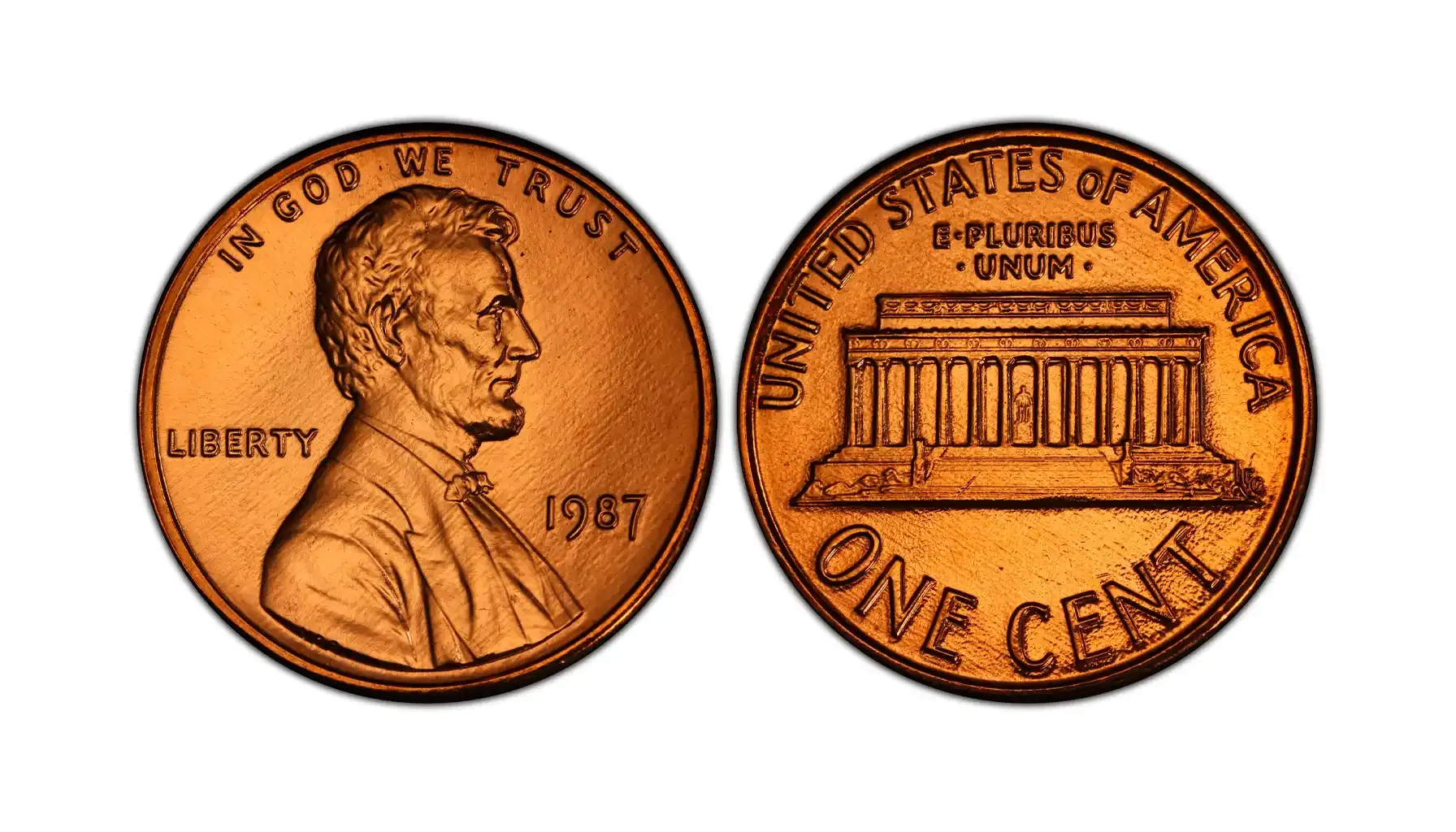Contents:
Most people believe that the face value is the only true indicator of how much a coin might cost. What if we say that some exceptional, exquisite instances may be much more valuable both aesthetically and financially? For the greater part of the world, a 2-euro coin is just a part of pocket change, but for the numismatists, these items retain local flavor not to mention.
Why might be 2 euros rare? Which samples to hunt, and what do they look like? Dive into the fascinating realm of the European monetary system and explore limited editions to identify coins on the spot. Do not miss opportunities when they are at your hands.
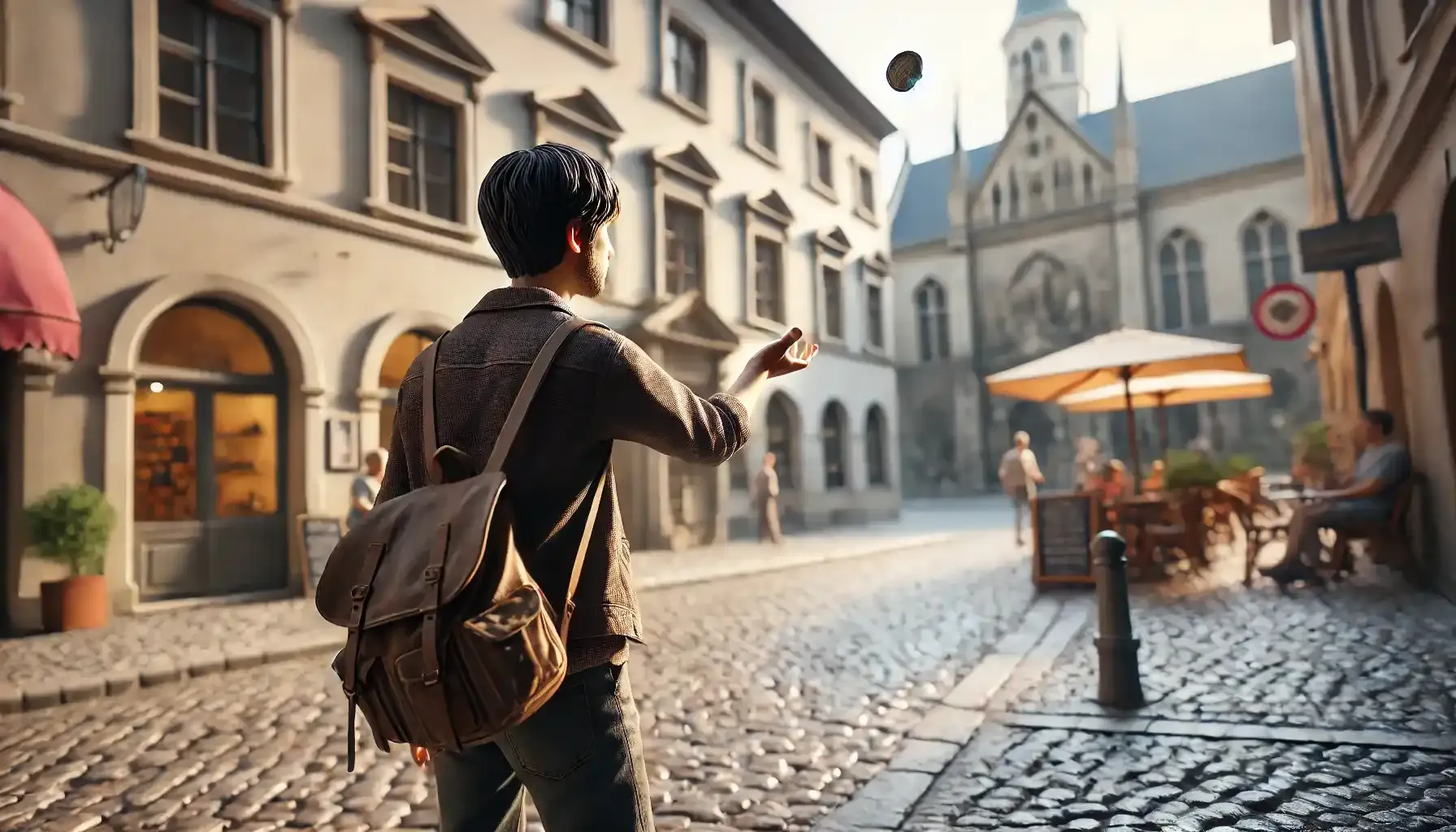
A Brief History of the 2-Euro Coin
When a union of numerous countries wishes to live within a single zone, there should be taken necessary steps to ensure smooth integration, trade relations, and cultural exchange. This is why the 2-euro coin made its debut on January 1, 2002, as part of the eurozone’s shift to a shared currency. Originally intended to represent solidarity among EU members, it swiftly rose to the top of the coin value hierarchy.
The 1992 Maastricht Treaty, which established the framework for the euro as a tool for political and economic unification, signaled the end of years of preparation and the start of unified prosperity. The most distinctive feature of these units of currency is their bi-metallic design, which combines a copper-nickel core with an outside ring of nickel-brass. The obverse side enables national customization, but the reverse side has a uniform design that is shared by all members of the union.
Since 2004, though, 2-euro pieces have also been used as commemorative coins, produced in small quantities to mark important occasions, figures, or events. Nowadays, commemorative 2-euro coins are seen as commonplace objects that manage to turn into intriguing reflections of our shared history.
By the way, here is the future of the U.S. coinage.
What Makes a 2-Euro Coin Rare? Quick Notes
Low Mintage Numbers Coins that are produced in tiny amounts are higher in value and naturally rarer. Examples include commemorative issues with limited production runs. | Special Commemorative Editions These are frequently issued to commemorate important occasions or anniversaries and have distinctive themes and designs no other instance may exhibit. | Error Coins Incorrect metal compositions, missing inscriptions, or misaligned designs are just a few examples of minting errors that can produce extremely valuable rarities. |
Country-Specific Issues Certain countries, such as Monaco, Vatican City, and San Marino, produce fewer coins because of their low populations, which makes them even more valuable than usual. | Unique Features Some coins can be distinguished by their brief series, unusual design elements, or experimental minting methods. | Conditions Mint state, or pristine, uncirculated rare coins are far more valuable than those that exhibit wear. Mind that! |
Top 10 Rare 2 Euro Coins List
The last decades were a fruitful time for numismatic fields all over the world, but the European Union witnessed its rise in the first place. Since the euro has been accepted as the official currency of 19 European nations, a wide variety of coins with various designs have been produced to start this tradition from now on.
Euro coins' distinctive feature, which means that each member of the eurozone is free to design its own national side while keeping a common reverse, has made them particularly appealing to collectors and contributed to the expansion of the European numismatics industry.
2007 Monaco Grace Kelly Commemorative Coin
Mintage: 20,001
Value: €1,500 - €2,500
Contains a sophisticated painting of Grace Kelly, a representation of Monaco's regal past. Thanks to its royal association and exceptionally limited mintage, this coin, which was released in honor of Princess Grace Kelly, is among the most wanted collectibles in the eurozone.
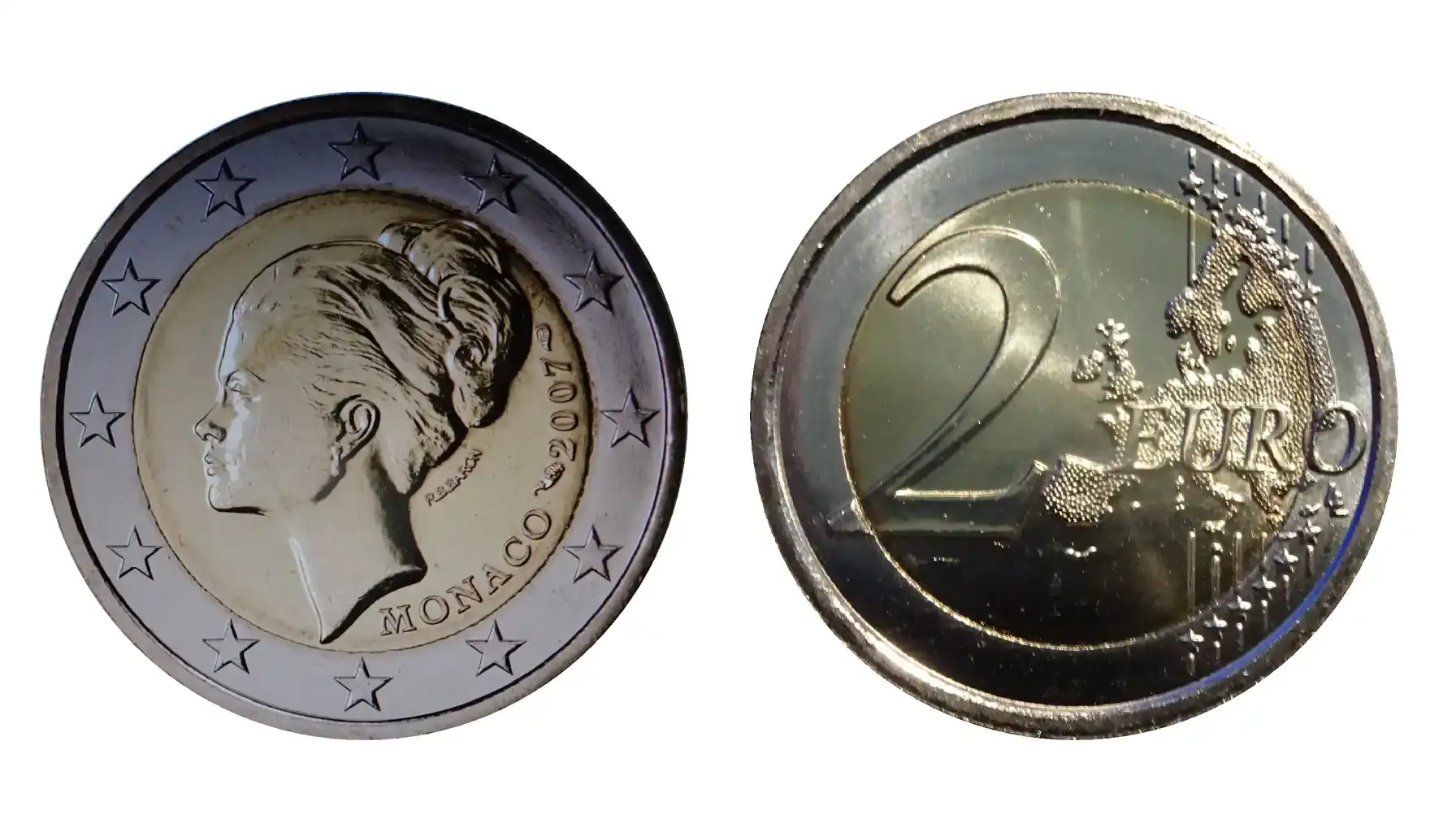
2004 Vatican City Commemorative Coin
Mintage: 85,000
Value: €150 - €250
This coin, which commemorates the 75th anniversary of the Vatican's independence, is extremely rare because of its restricted availability and strong demand from collectors. As such, this instance shows the "Città del Vaticano" inscription and the Vatican coat of arms.
2015 Monaco 800th Anniversary of Fortifications
Mintage: 10,000
Value: €1,200 - €2,000
Some instances refer to the long-past yet important events. One such example commemorates the 800th anniversary of Monaco's fortifications, and it is extremely rare and valuable. This coin displays Monaco's fortifications and a thorough map, which symbolizes the nation's extensive past.
2005 San Marino Galileo Galilei Commemorative Coin
Mintage: 130,000
Value: €30 - €60
San Marino's limited coin output and historical significance make this coin, which was issued in honor of Galileo Galilei, highly valued. Obviously enough, it reflects Galileo Galilei's scientific contributions with a portrait of him with a telescope.
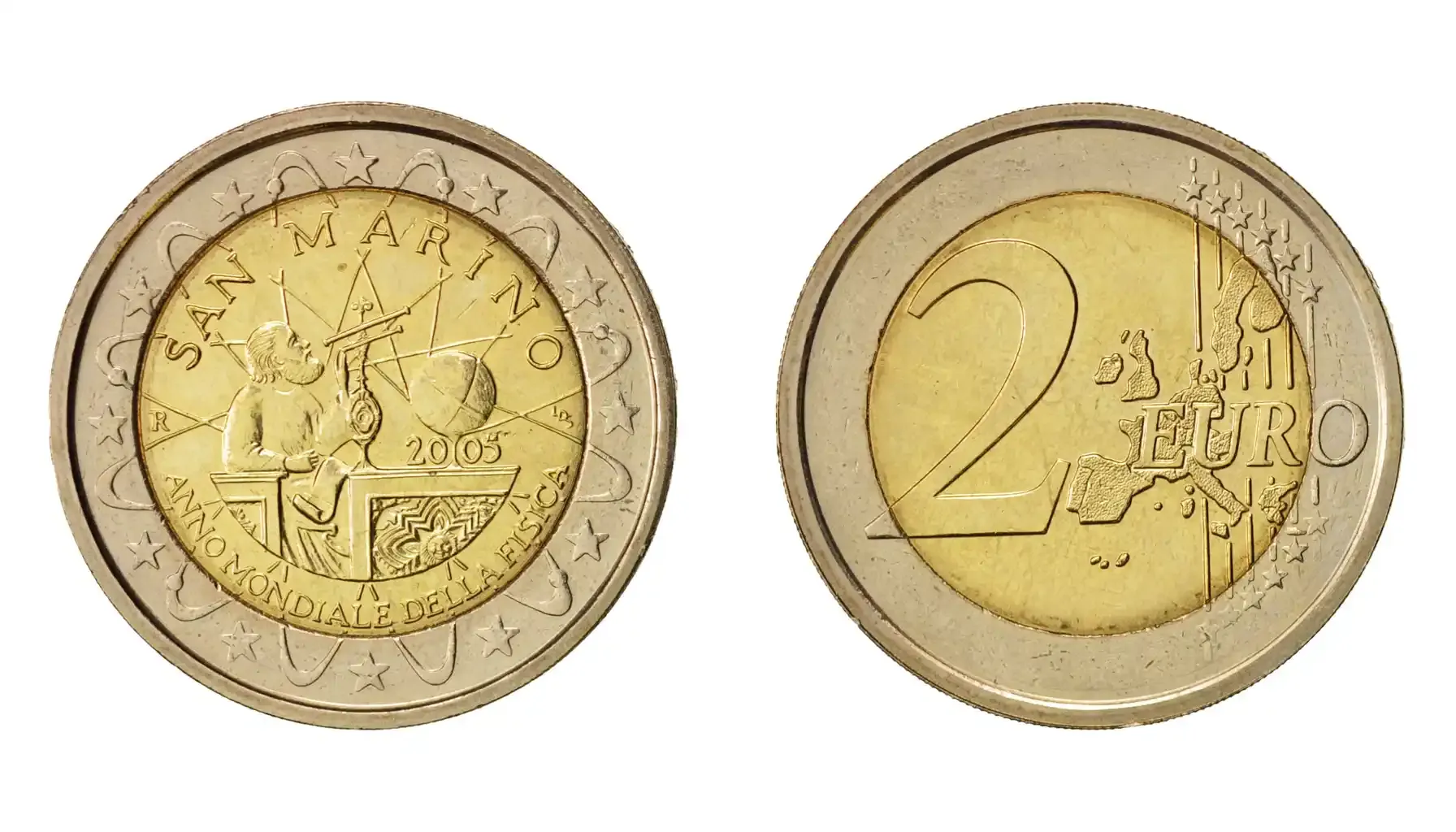
2011 Malta Constitutional History Series Coin
Mintage: 430,000
Value: €50 - €80
Among limited edition rare 2 euro coins, one may find Malta 2 Euro ''First elections'' 2011, which features key people connected to Malta's constitution as well as the emblematic Maltese coat of arms. Given its cultural significance and low mintage in comparison to other eurozone currencies, this numismatic creation was the first in Malta's Constitutional History series and has grown in popularity in the end.
Related article: 1942 Mercury Dime Value.
2012 Cyprus 10th Anniversary of the Euro
Mintage: 989,000
Value: €10 - €30
While minted in slightly higher quantities with the European Union flag and a map of Cyprus, its significance as a celebration of euro adoption makes it a favorite among collectors.
2011 Estonia First Euro Coin
Mintage: 1,000,000
Value: €20 - €50
Estonia's first 2-euro coin after joining the eurozone captures something more immense than just the event of formal unification. It displays the national emblem of Estonia and the stylized gathering of the fifteen states of the European Union.
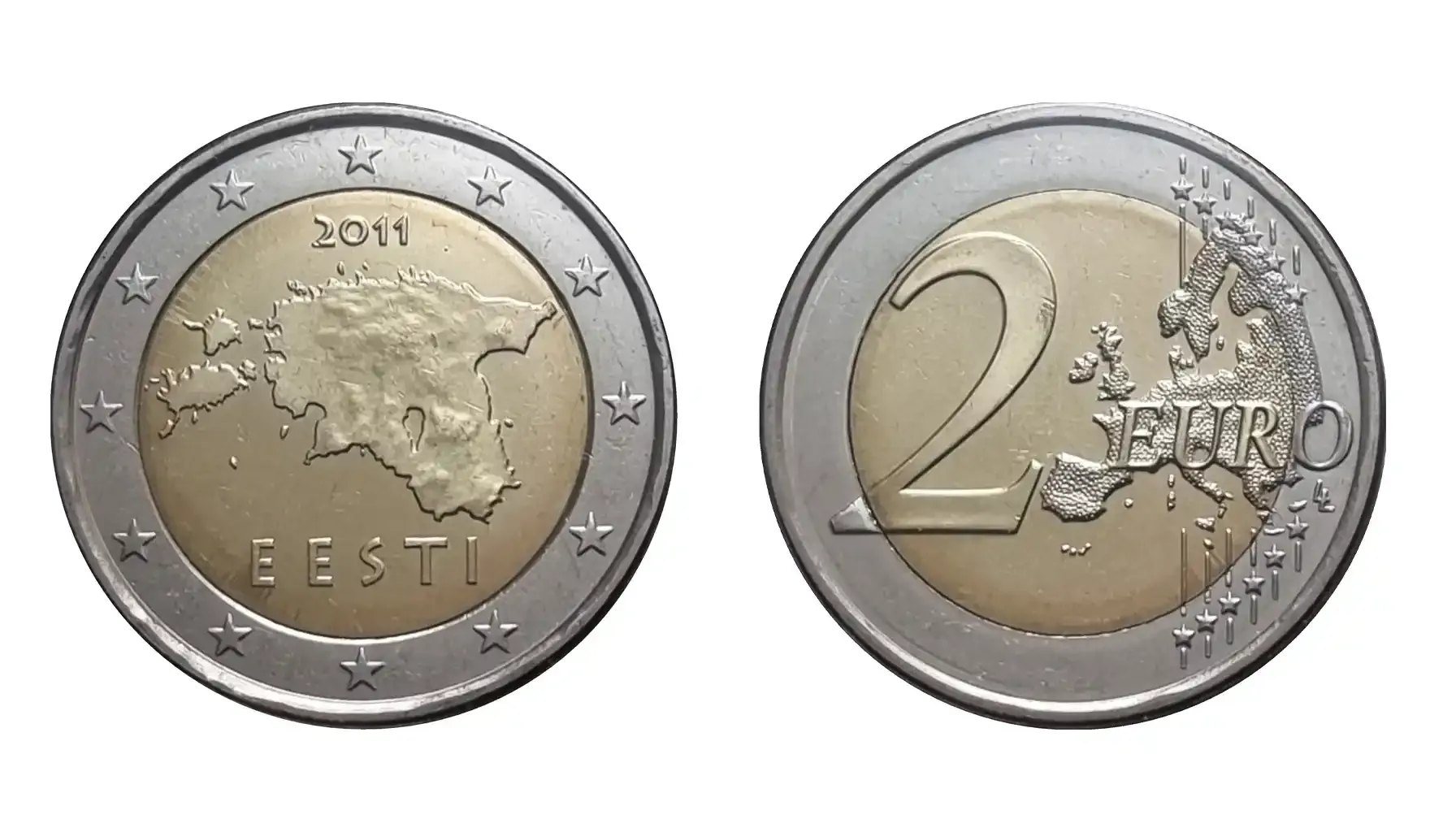
2009 Germany Federal Council (Bundesrat) Commemorative Coin
Mintage: 30,000
Value: €100 - €200
This notable item shows the Federal Council building with an inscription commemorating the institution's 60th anniversary. The distinctive motif makes it a rare find for collectors to look for.
2006 Finland 100th Anniversary of Universal Suffrage
Mintage: 2,000,000
Value: €30 - €50
At times, coins may refer to some internationally crucial circumstance. Here is an illustrative example that commemorates an important event in the history of democratic rights worldwide. This instance features a female figure, alongside the Finnish flag and the year of suffrage adoption.
2018 Latvia 100th Anniversary of Independence
Mintage: 512,000
Value: €20 - €40
Last but not least, the 2018 Latvia 100th Anniversary of Independence coin is about the power, liberty, and freedom of a nation. Thanks to its limited number and thematic significance, it has become extremely sought-after these days. In particular, it exhibits the Latvian coat of arms against a backdrop of the flag that represents Latvia's independence.
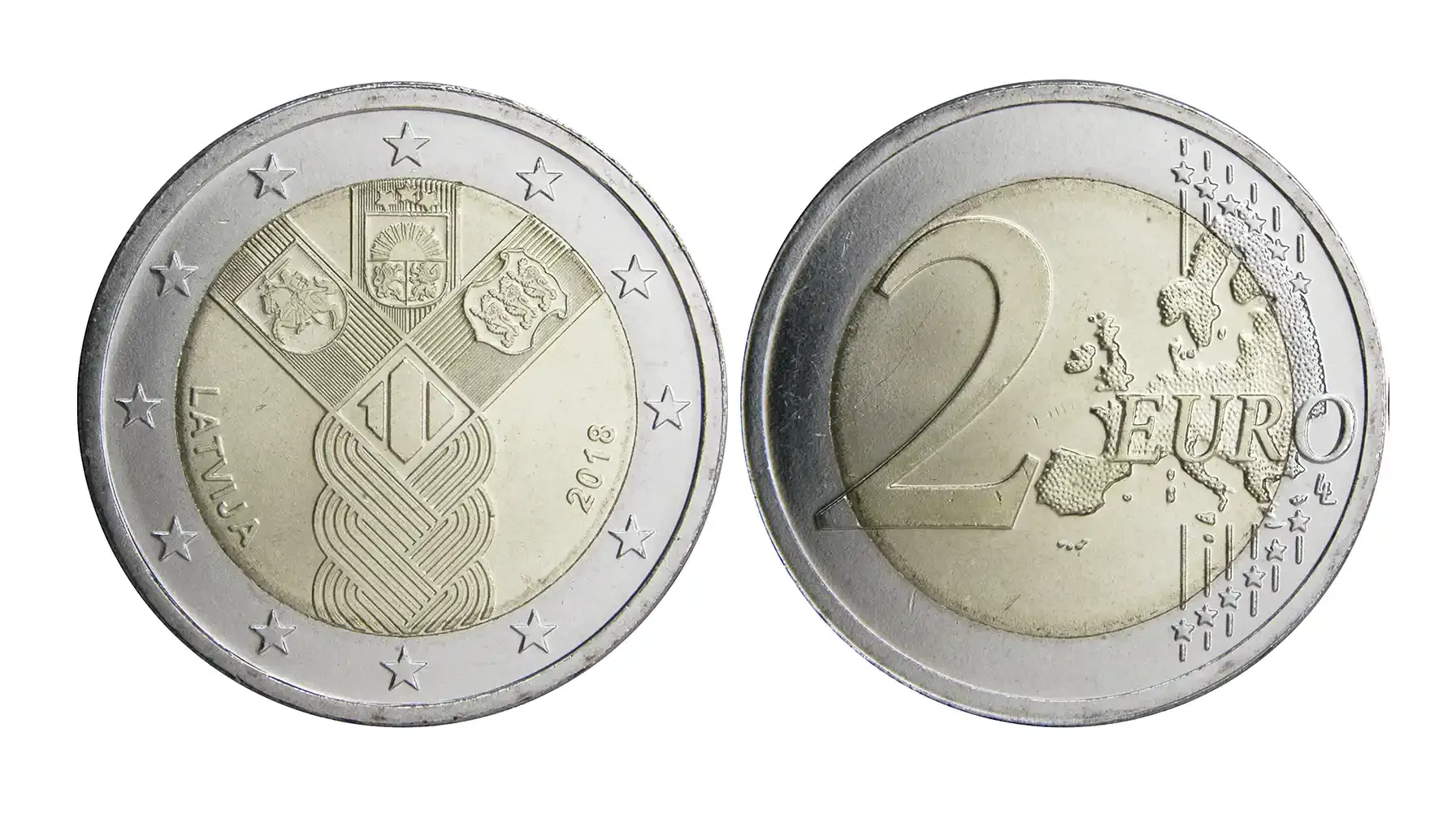
How to Spot Rare 2-Euro Coins
A sharp eye for detail is necessary to recognize 2 euro coins rare. Check the mintage first; for commemorative editions in particular, lower mintage numbers typically indicate rarity. Next, look at the design. Rare coins are usually associated with historical or distinctive themes, such as national anniversaries or royal events. Coins in mint condition (i.e., uncirculated) are worth more than those with wear, so pay attention to their condition.
Finally, consider using the Coin ID Scanner app to simplify this process, locate valuable findings, and determine the degree of their rarity, too. Collecting is far easier with personal numismatic assistants by your side.


